(Page créée avec « To test the concentration of our detergent, we can use a very simple technique: dip a chicken feather in the detergent, if it starts to dissolve, the detergent has the rig... ») |
(Page créée avec « '''Caution: ash lye is a very basic and therefore very corrosive solution, to be handled with care: If possible gloves and glasses.''' ») |
||
| Ligne 62 : | Ligne 62 : | ||
To test the concentration of our detergent, we can use a very simple technique: dip a chicken feather in the detergent, if it starts to dissolve, the detergent has the right concentration. | To test the concentration of our detergent, we can use a very simple technique: dip a chicken feather in the detergent, if it starts to dissolve, the detergent has the right concentration. | ||
| − | ''' | + | '''Caution: ash lye is a very basic and therefore very corrosive solution, to be handled with care: If possible gloves and glasses.''' |
}} | }} | ||
{{ {{tntn|Tuto Step}} | {{ {{tntn|Tuto Step}} | ||
Version du 26 juin 2018 à 16:21
Description
Making soap using banana tree ashes and animal fat
Introduction
On the outskirts of Antananarivo, capital of Madagascar, the Andralanitra landfill covers some 20 hectares and receives between 350 and 550 tons of waste every day. More than 3000 ragpickers work there daily, sorting, recovering and recycling waste. Among them, two inhabitants of the neighbouring district, Chris and Aimé, launched a few years ago the production of a "Gasy" soap (made in Madagascar) based on organic waste recovered from the landfill and animal fat. They have created a small business around the sale of their soap, and after a few years of activity they produce and sell nearly 3000 a week. They have even exported their activity into the bush, where hygiene problems and access to this type of product are very difficult.
Their business is quite successful and has advantages that can't be ignored: with 1kg of animal fat, bought for 1200 Ariary (0.33€), they produce around 30 soaps which they sell for 200 Ariary apiece. The plant matter used in the making of the soap as well as the fuel used for the preparation heating are salvaged from the waste, which does not yield any extra cost.
This tutorial details the making of Gasy soap according to Chris and Aimé's method.
It is obvious that this kind of remedy contrasts with European hygiene standards, but as stated above, certain disadvantaged areas of Madagascar do not have any access to cleanliness. What's more, Chris and Aimé remind us by this that it is very easy to make your own soap using these traditional methods, with results as good as commercial soap.
Matériaux
- 1 kg animal fat (pork or beef)
- 3 kg banana leaf branch ashes
- 10 L rainwater
Outils
- A metal bucket
- A plastic bucket
- A pole for mixing (wood used here)
- A way to make fire
Étape 1 - How it works
A soap is normally composed of a fatty acid (here animal fat) and a basic agent (high pH) such as soda or potash (here made from ash). These two compounds create a saponification reaction that creates soap.
The Chemical Process
Saponification is the reaction of a fatty substance with hydroxide ions (provided by an alkali such as potash or soda) to give a carboxylate ion (soap) and glycerol (also called glycerin).
Soaps are therefore mixtures of carboxylate ions and metal cations (sodium or potassium ions). The carboxylate ion is a surface-active agent that lowers the surface tension of water: it is a detergent.
It ensures washing thanks to 4 qualities : The wetting power: soapy water can penetrate the small interstices of the surface in contact (cloth, skin, table, plate...) more effectively than water ; Emulsifying power: the carboxylate ions agglutinate around the dirt and penetrate between it and the surface in contact until they isolate the dirt from this surface. They form micelles containing small particles of dirt. Carboxylate ions have a lipophilic end and are therefore particularly effective against fatty substances; The dispersing power: due to the properties of the carboxylate ions and the structure of the micelles, they repel each other and are therefore dispersed in soapy water; Foaming power: a film of carboxylate ions is formed on the surface of water with low surface tension. By agitating the soapy water, air bubbles can then be trapped. The foam does not intervene as such in the washing but is an indicator of the surface tension of the liquid and thus of its detergent power.
Étape 2 - Ash detergent
- Recover wood ash, it must be fine and come from natural wood;
- Mix ash and rainwater in a 1:3 ratio (here 3kg ash for 10L water). Mix occasionally, let stand for about 3 days;
- Filter finely into a cloth; we get our base, potash.
To test the concentration of our detergent, we can use a very simple technique: dip a chicken feather in the detergent, if it starts to dissolve, the detergent has the right concentration.
Caution: ash lye is a very basic and therefore very corrosive solution, to be handled with care: If possible gloves and glasses.
Étape 3 - Préparation de la graisse
La graisse doit d'abord être débarrassée de toute impureté. Pour cela on la fait chauffer jusqu'à ce qu'elle soit bien fondue. Les impuretés se déposent par décantation au fond. En refroidissant, la graisse pure forme une croûte solide sur le dessus.
Étape 4 - La saponification
- Faire fondre la graisse dans le fut en métal ;
- Y verser la lessive de cendre ;
- Porter le tout à ébullition pour accélérer la réaction, mélanger pour éviter le débordement.
Étape 5 - Le savon
Après ébullition, deux solutions s'offrent à nous :
- Laisser reposer une bonne heure pour obtenir une pâte tendre. À la main, donner au savon la forme souhaitée ;
- Verser la préparation dans des moules pour directement obtenir la forme souhaitée.
Étape 6 - Pistes d'amélioration
- À la place de graisse animale, on peut utiliser de l'huile végétale (colza, olive, lin, tournesol...) en fonction de la disponibilité de la ressource.
- Il est possible d'ajouter des huiles essentielles dans la préparation pour avoir une odeur agréable.
- Le savon obtenu peut être un peu basique, donc mauvais pour la peau. Afin d'abaisser le pH, on peut soit ajouter du vinaigre à la solution, ou la mélanger à de la poudre d'argile.
- La qualité de la cendre influe sur la qualité du savon : de la cendre de pommier, de coque de noix ou de chêne finement tamisée permet d'obtenir un savon de bonne qualité. Brûler le bois à très haute température permet aussi d'obtenir une cendre plus blanche et donc de meilleure qualité pour la fabrication du savon.
Notes et références
Ce tutoriel est inspiré du travail de Chris et Aimé, originaires d'Antananarivo à Madagascar.
N'hésitez pas à commenter, partager, et agrémenter le tutoriel d'informations utiles à son amélioration.
L’équipe du Low-Tech Lab vous invite également à consulter sa Biblilowtech.
Yes
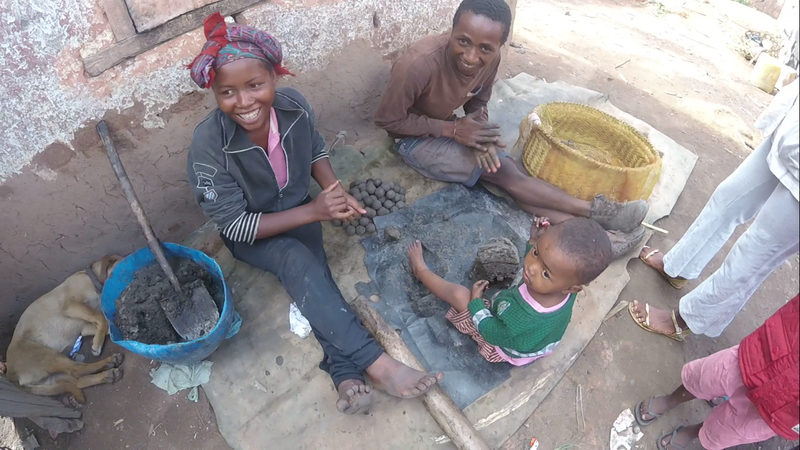
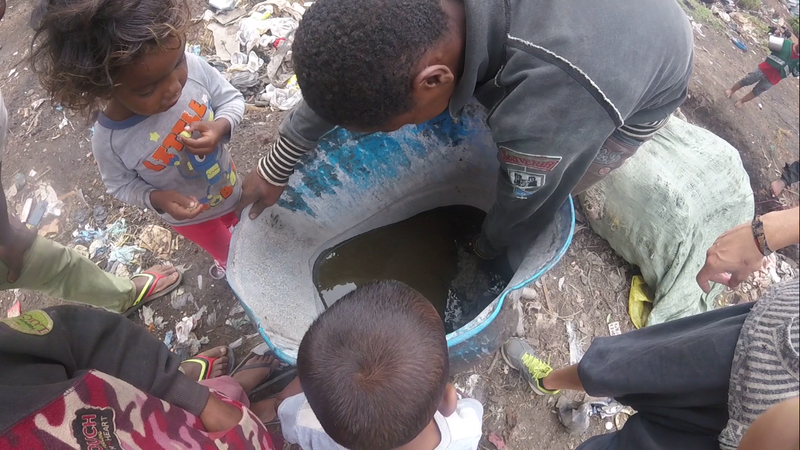
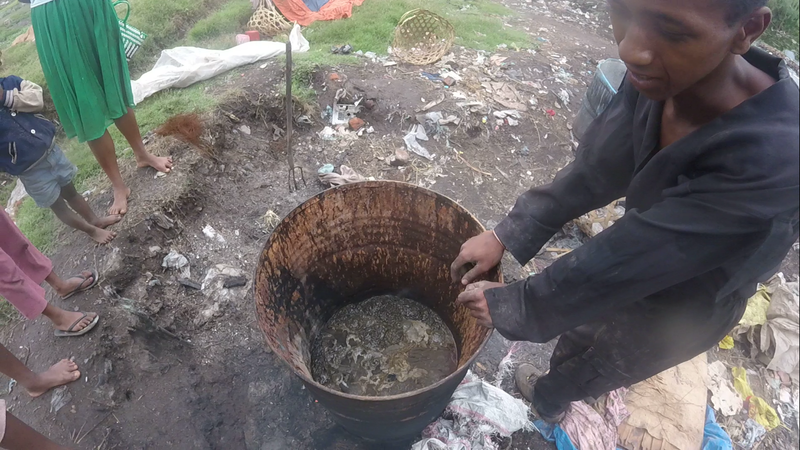
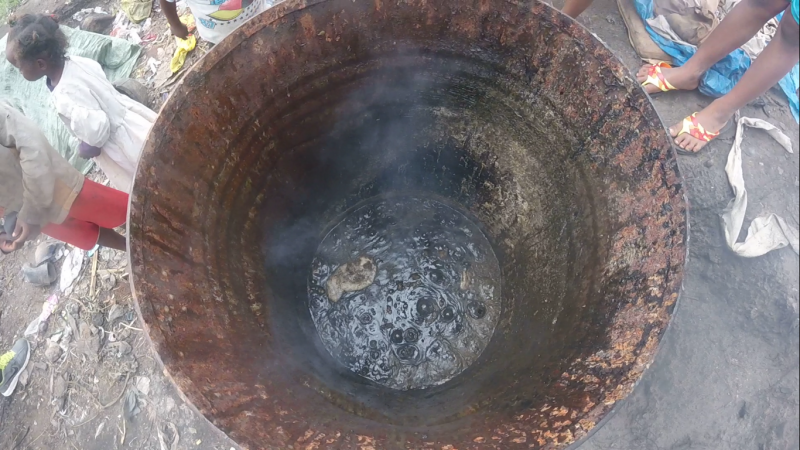
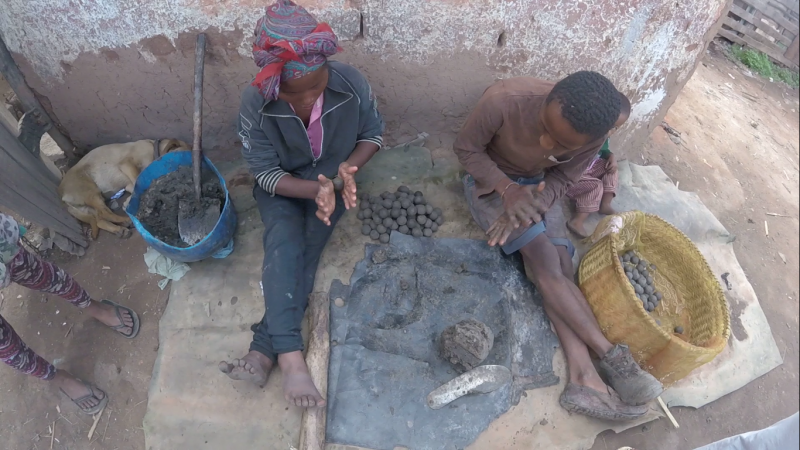
 Français
Français English
English Deutsch
Deutsch Español
Español Italiano
Italiano Português
Português